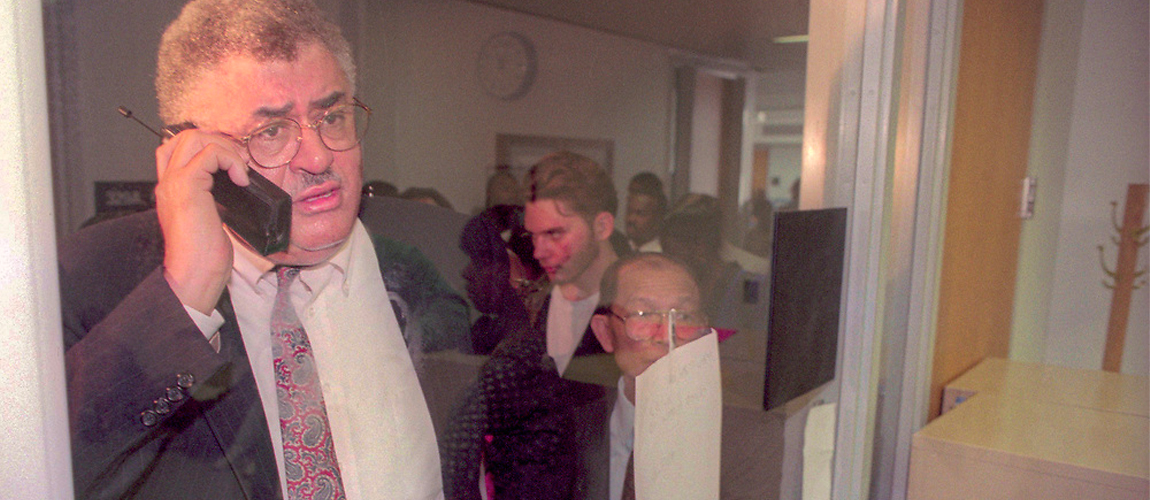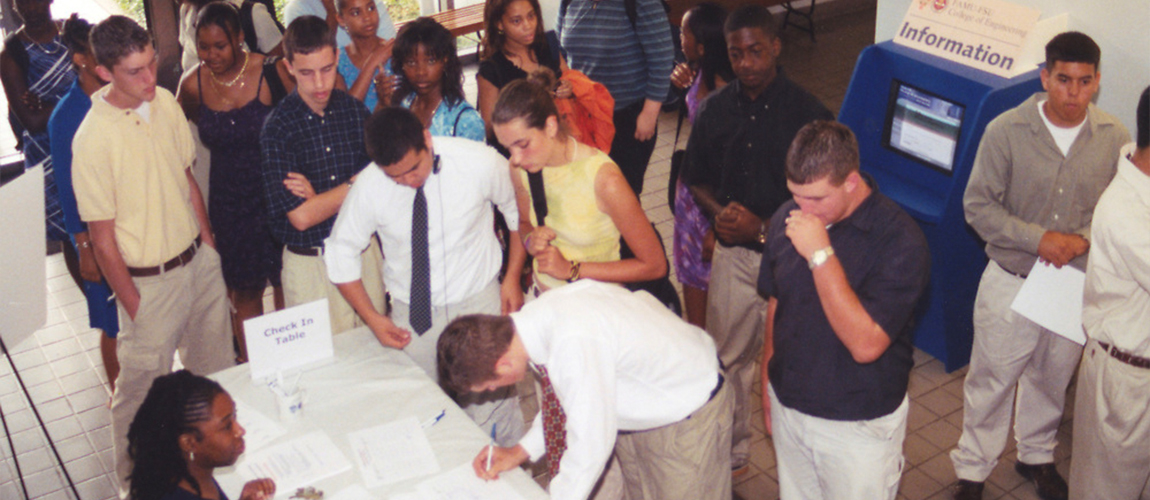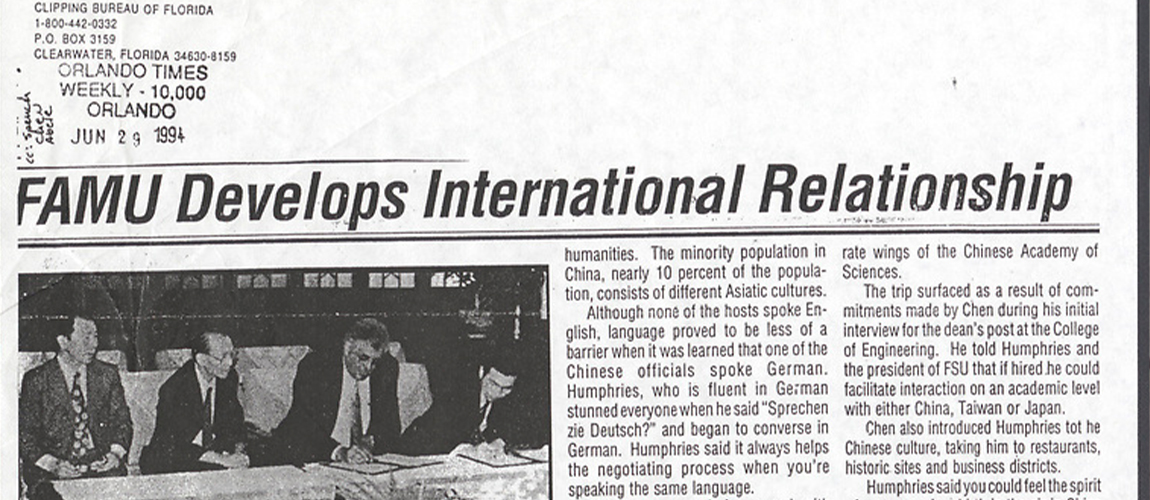College of Engineering Est. 1982
- Home
- College of Engineering Est. 1982

The endeavor was like no other, and the possibilities for academic, professional, and societal success were exciting. But the idealism and excitement surrounding this noble experiment were unavoidably intertwined with practical concerns and political obstacles.
1970s
1972
FSU’s College of Engineering Sciences closes.
1976
FAMU creates the College of Science & Technology
1977
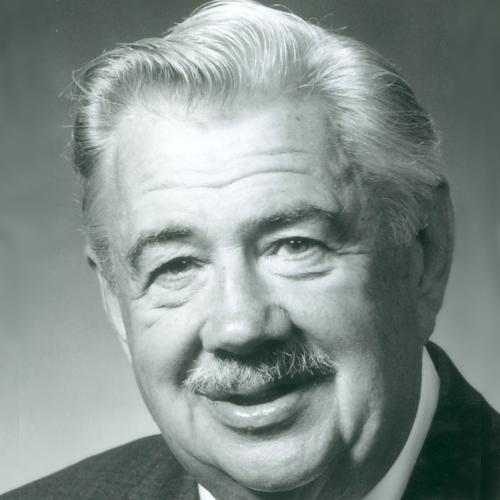
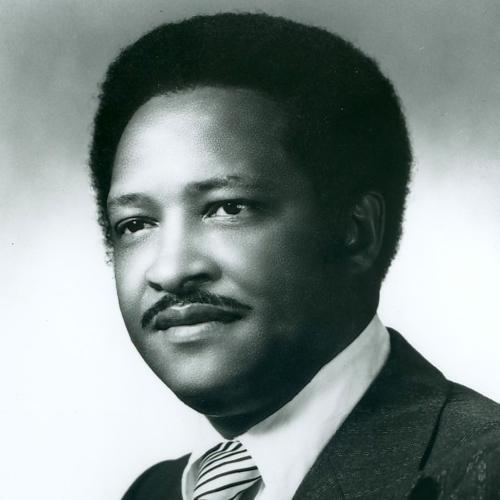
Bernie Sliger becomes president of FSU; Walter Smith becomes president of FAMU.
Dr. Joe Lannutti (FSU) and Dr. Charles Kidd (FAMU) begin talking about a joint school for engineering.
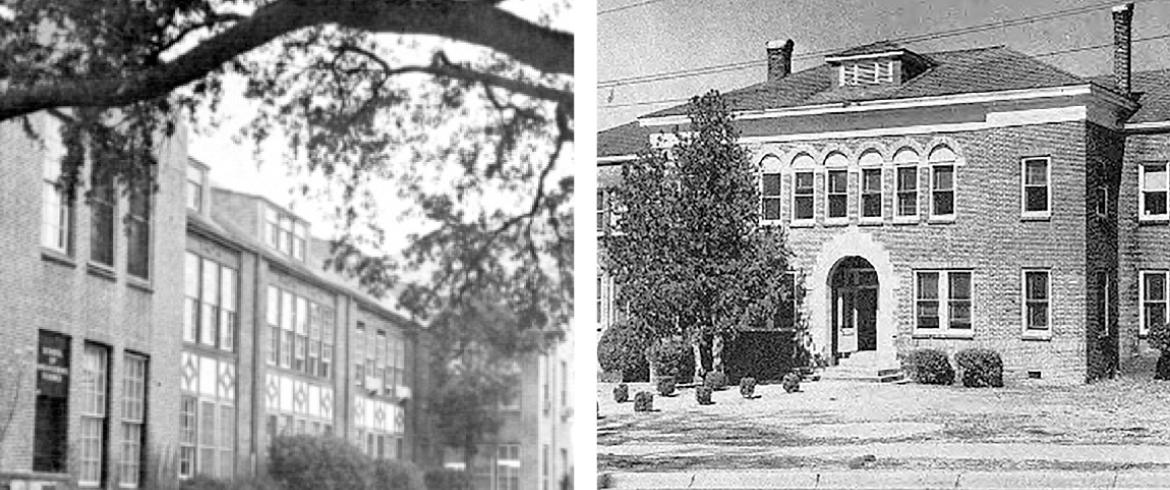
Moments in Our History: Historical Foundations
What began as a “noble experiment” was never an easy alliance. While the FAMU-FSU College of Engineering has achieved far more than many colleges many times its size, as the college has grown and changed, adjustments and concessions need to be made to counter the constant challenge of answering to two distinctly different universities.
1980s
1981
The Creech Task Force report suggests increasing enrollment of minority and female engineering students in the state and also to study the establishment of engineering programs at FSU, FIU and FAMU.
With help from Board of Regents Chair DuBose Ausley and House Appropriations Committee Chair Herb Morgan, the House Appropriations allocates $75,000 to develop an engineering program in Tallahassee using FSU and FAMU resources.
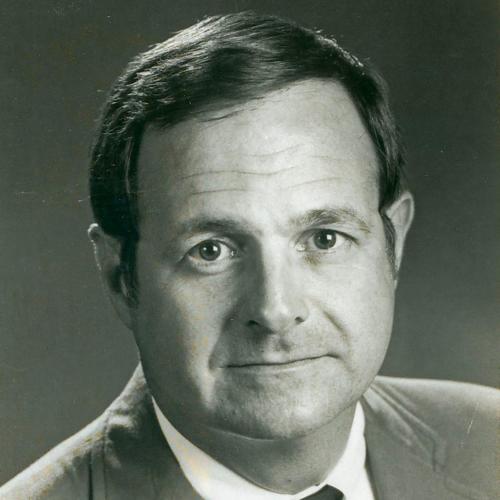
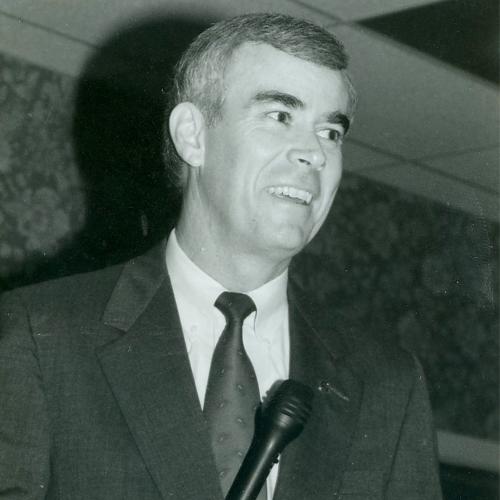
1982
Despite controversy, the shared FAMU/FSU Institute for Engineering gets approved by the Board of Regents with Lannutti and Kidd appointed as co-directors.

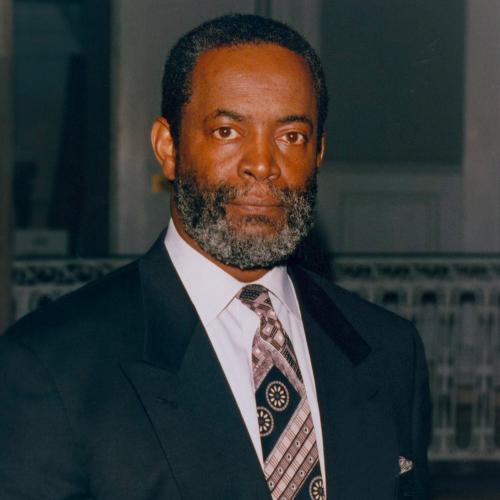
August 30 – First day of the first semester at the Institute: 3 engineering courses at FSU and 2 at FAMU.
1984
Dr. Elvin Dantin of LSU named Interim Dean of the Institute.

1985
Dantin changes name to FAMU/FSU College of Engineering. First graduation with 13 degrees awarded.
Dr. Frederick Humphries becomes president of FAMU.
1986
Groundbreaking of the first permanent home for the college (now known as “A” or Morgan Building)
1987
Joint Management Council for college established.
1988
A Building opens.
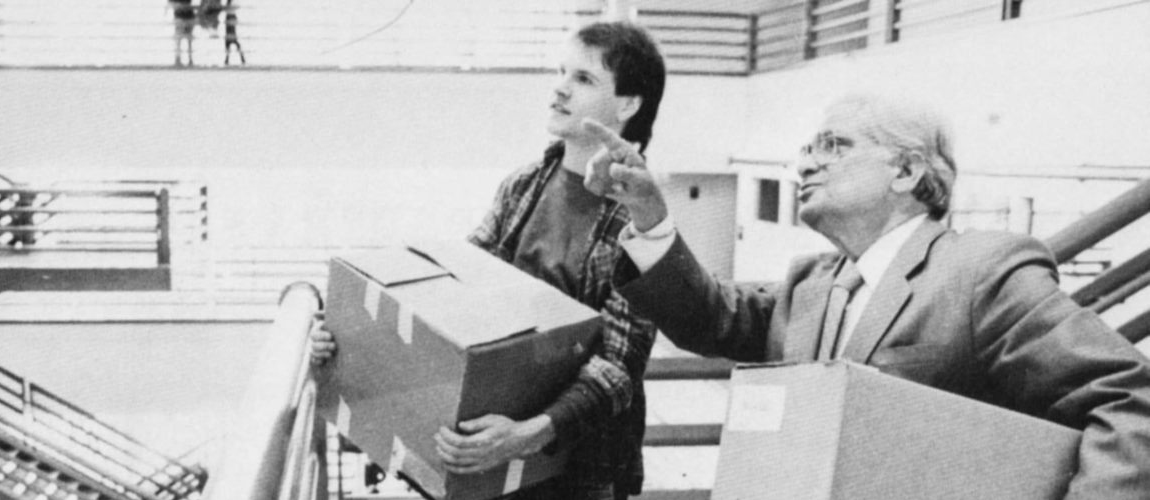
1989
Dr. Krishnamurti Karamcheti named Dean.
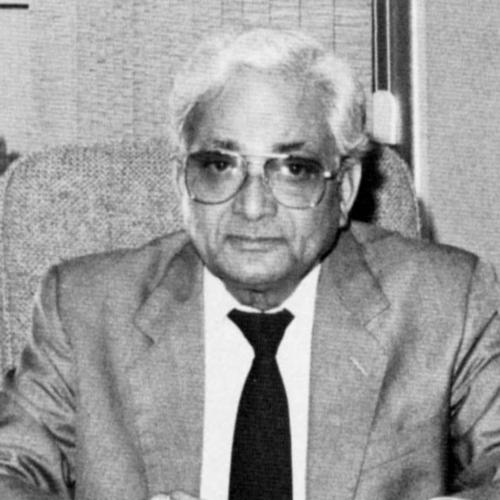
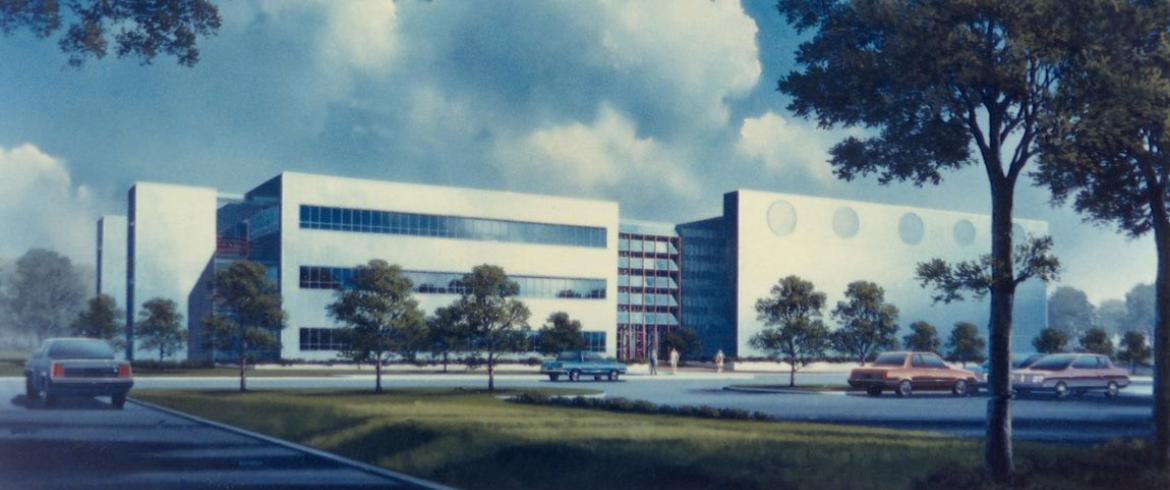
Moments in Our History: Before the Buildings
The challenge of starting up a joint engineering program at two partner universities—which had been approved merely months before—was no small matter. The first incoming class of 35 students from FAMU and FSU in August 1982 was tossed about in the complexity of unchartered waters. The curricula had been established and experienced professors from departments at both schools were teaching courses, but the location for classes was another issue. With no unified calendar and classes spread out over both campuses, the hardship for students was inevitable.
Kenny Dozier was one of the first waves of students from the college when he graduated in 1987. He earned his bachelor’s degree at FAMU and was the first graduate from the university with a degree in chemical engineering. Dozier came to FAMU as a transfer student in January 1984. He was away from home and didn’t know anyone in Florida, much less at FAMU. But things soon fell in place when he discovered engineering.
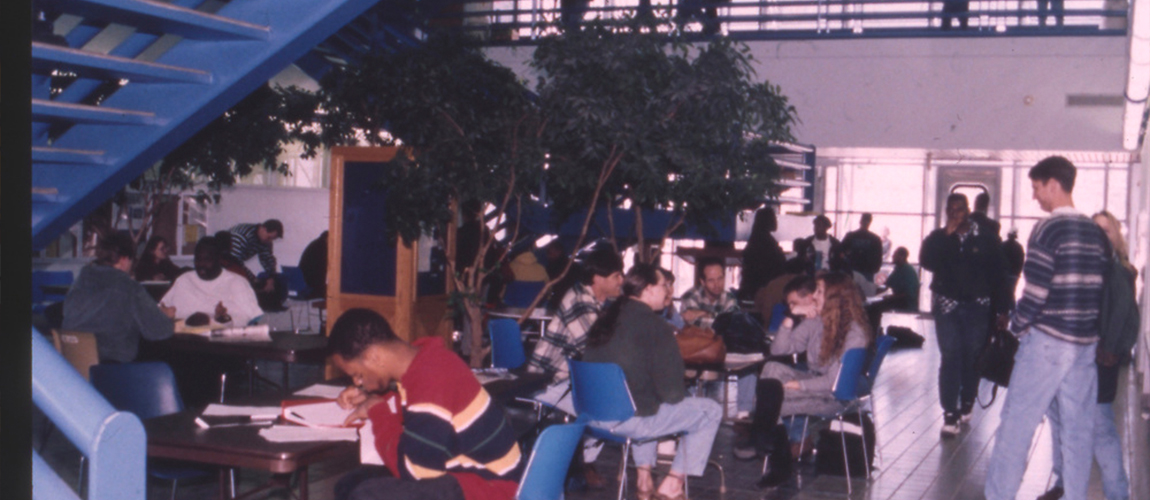
Historical Photos Box 2 {30 IMAGES}
1990s
1992
Dr. C.J. Chen named Dean.
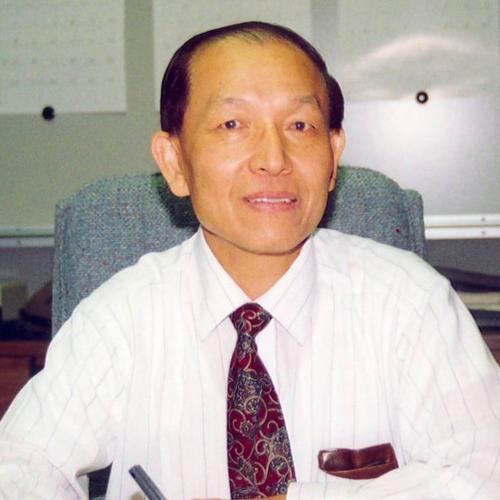
1994
10th Anniversary celebrated. FAMU engineering students participate in a sit-in protest in the dean’s suite on the same day. They were protesting the lack of FAMU faculty at the college. This event preempted the college’s first major celebration attended by the university presidents and many other dignitaries. It was a sign of mounting pressures at the joint college related to its governance and joint status.
1995
Gov. Lawton Chiles signs the doctoral degree of Dr. Frederick Foreman, FAMU’s first African-American Ph.D. in engineering.
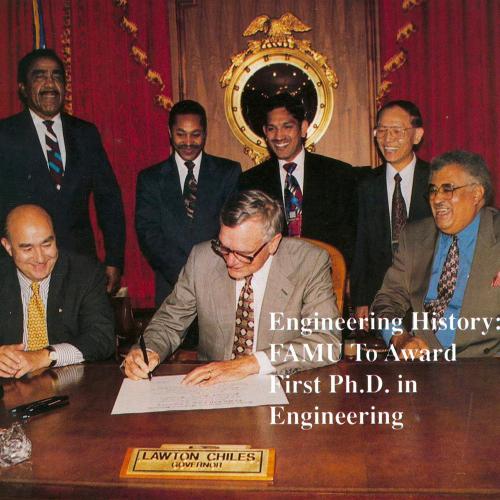
1997
Groundbreaking on the Phase II building (or B Building, as it is now called) at a cost of $15M.
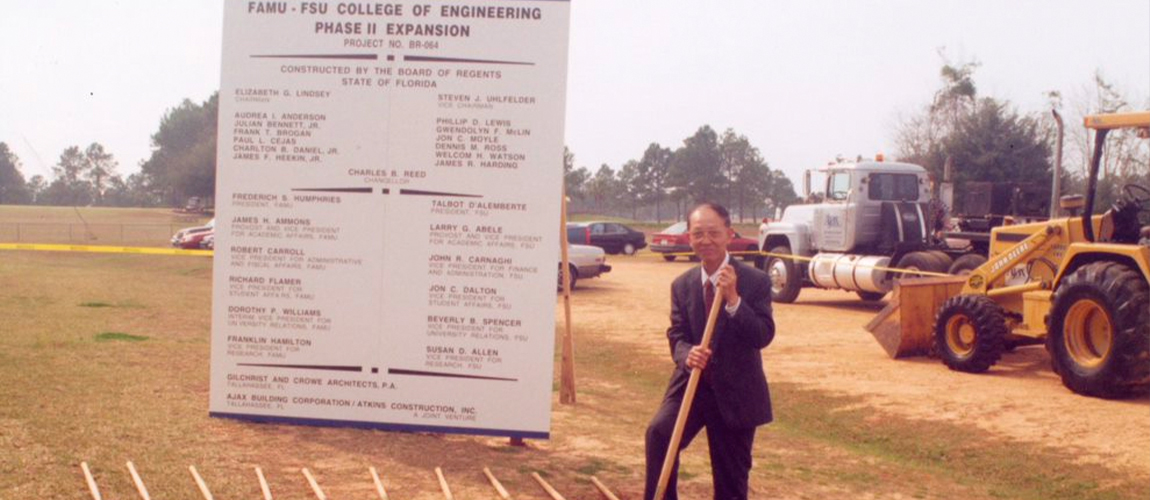
1998
B Building and connector opens.
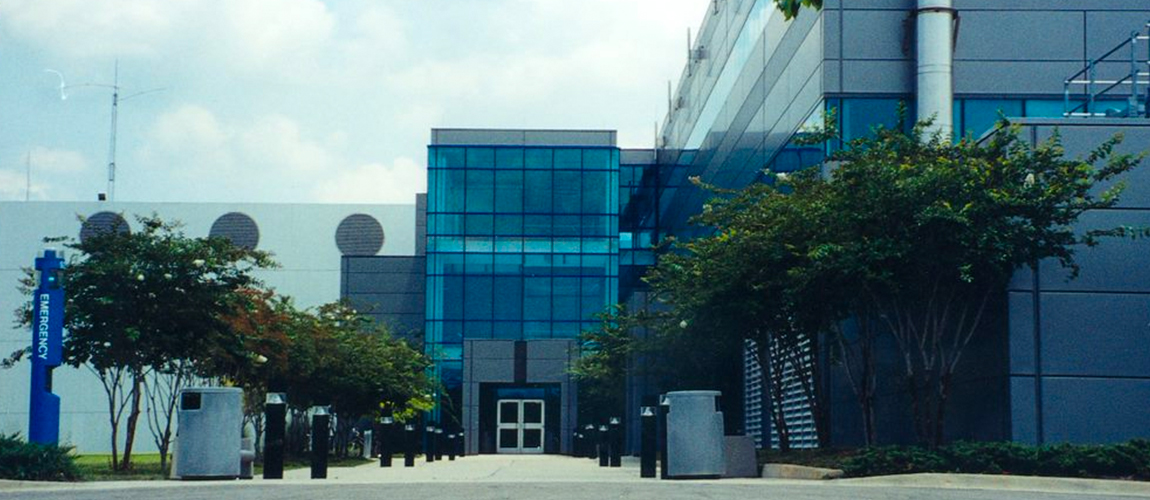
Challenger Learning Center project receives initial funding of $2.5M.
1999
Phase III or C Building first envisioned with a $20M budget.
Sit-in Protest Photo Gallery {10 images}
2000s
2000
Center for Advanced Power Systems (CAPS) established at FSU with several electrical engineering faculty researchers and $52M in funding.
College becomes a top producer of African-American BS engineers with 167 graduates during the academic year.
2003
Challenger Learning Center of Tallahassee opens as the K-12 outreach arm of the FAMU-FSU College of Engineering. The $8.6M facility is in downtown Tallahassee and includes an IMAX® Theater and planetarium.
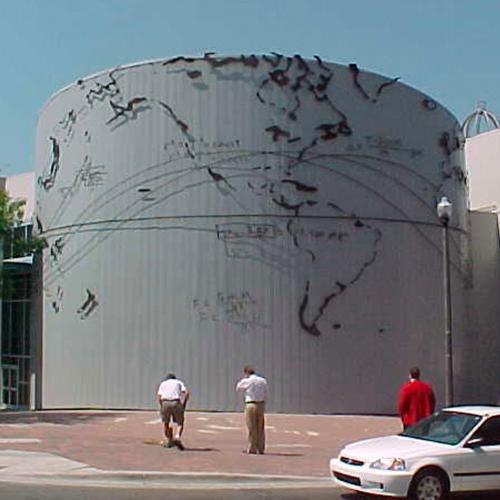
2004
All engineering programs receive ABET accreditation.
College is in top 10 national ranking as producer of African-American engineers: BS (#3), MS (#6), PhD (#9).
2006
Applied Superconductivity Center joins FSU with two faculty members in the mechanical engineering department.
2007
FAMU-FSU College of Engineering celebrates its 25th Anniversary.
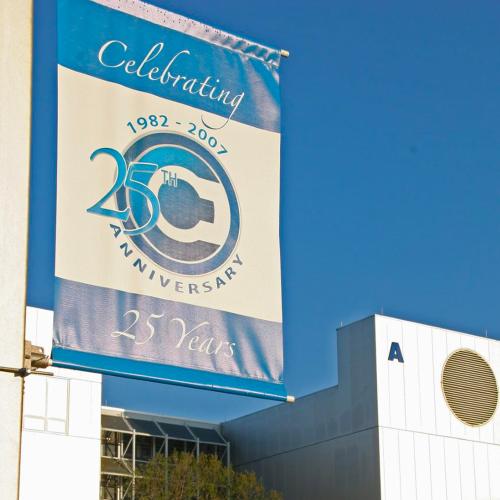
FSU breaks ground on Materials Research Building (currently home of the High-Performance Materials Institute and other research centers).
2008
Universities consider splitting the college.
Materials Research Building opens.
2009
Florida Center for Advanced Aero-Propulsion (FCAAP) funded by Florida Legislature.
Historical Photos Box 5 {22 IMAGES}
Historical Photos Box 5 {22 IMAGES}
Historical Photos Box 7 {22 IMAGES}
Historical Photos Box 9 {22 IMAGES}
2010s
2010
Aero-Propulsion, Mechatronics and Energy (AME) building groundbreaking.
2012
Dr. Yaw Yeboah named Dean.

2014
Dr. Elmira Mangum is named FAMU President.
State Sen. John Thrasher makes a surprise proposal to split the FAMU-FSU College of Engineering after more than three decades of operation. The proposal included giving FSU $13 million to start its own engineering college and pledging that the Legislature would continue funding a separate FAMU engineering college. Newly installed FAMU President Elmira Mangum expressed major doubts, saying that the university would be unable to sustain one. FSU Interim President Garnett Stokes said at the time the university would support the move only if it didn’t hurt FAMU. Ultimately, the legislature chose to give the Board of Governors $150,000 to study the proposed split rather than immediately proceed with one.
Thrasher is named FSU President.
2015
“Divorce Averted” headline explains that the feasibility study recommended keeping the joint college whole. The new deal calls on the joint college to form a new budgeting structure and to integrate student activities that were previously separate.
2016
Dr. J. Murray Gibson named Dean.

2017
Dr. Larry Robinson named president of FAMU.
2018
Florida Board of Governors approves the college’s Joint Management Council formation.
2019
Resilient Infrastructure and Disaster Response Center (RIDER) created and funded as part of FSU’s Big Bets program.
HISTORICAL PHOTOS { 47 IMAGES }
2020s
2020
FSU and FAMU switch to exclusively remote classes and work in March over coronavirus concerns.
2021
FSU and FAMU resume normal, pre-pandemic operations for the fall semester.
Dr. Richard McCollough named president of FSU.
2022
Dr. Suvranu De named Dean.

College celebrates its 40th Anniversary.

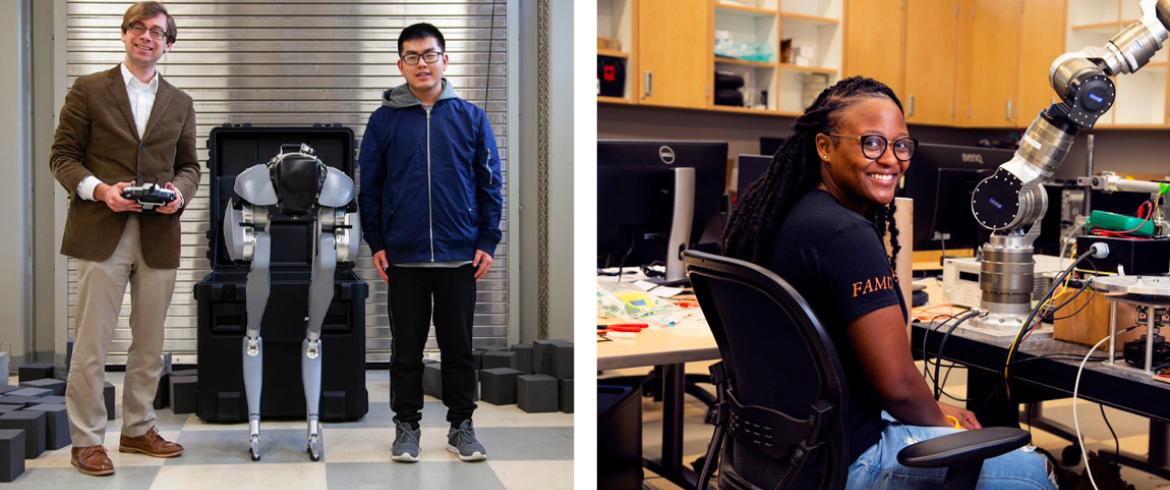
Moments in Our History: Noteworthy Achievements
The college was approved as The Joint Institute of Engineering on February 11, 1982, but presidents Smith (FAMU) and Sliger (FSU) wanted enrollment to begin and classes to start in August of that same year. The initial faculty—cobbled from other departments across the two universities—was excited, worked hard, and were dedicated to the Institute’s success. However, a lot of people were cynical. They thought this unheard-of collaboration would never work. Well, the facts show they were wrong. The college survived and developed into a research powerhouse with world-renowned centers and research affiliations, all the while achieving extraordinary accomplishments in the advancement of African-Americans and women in engineering.

